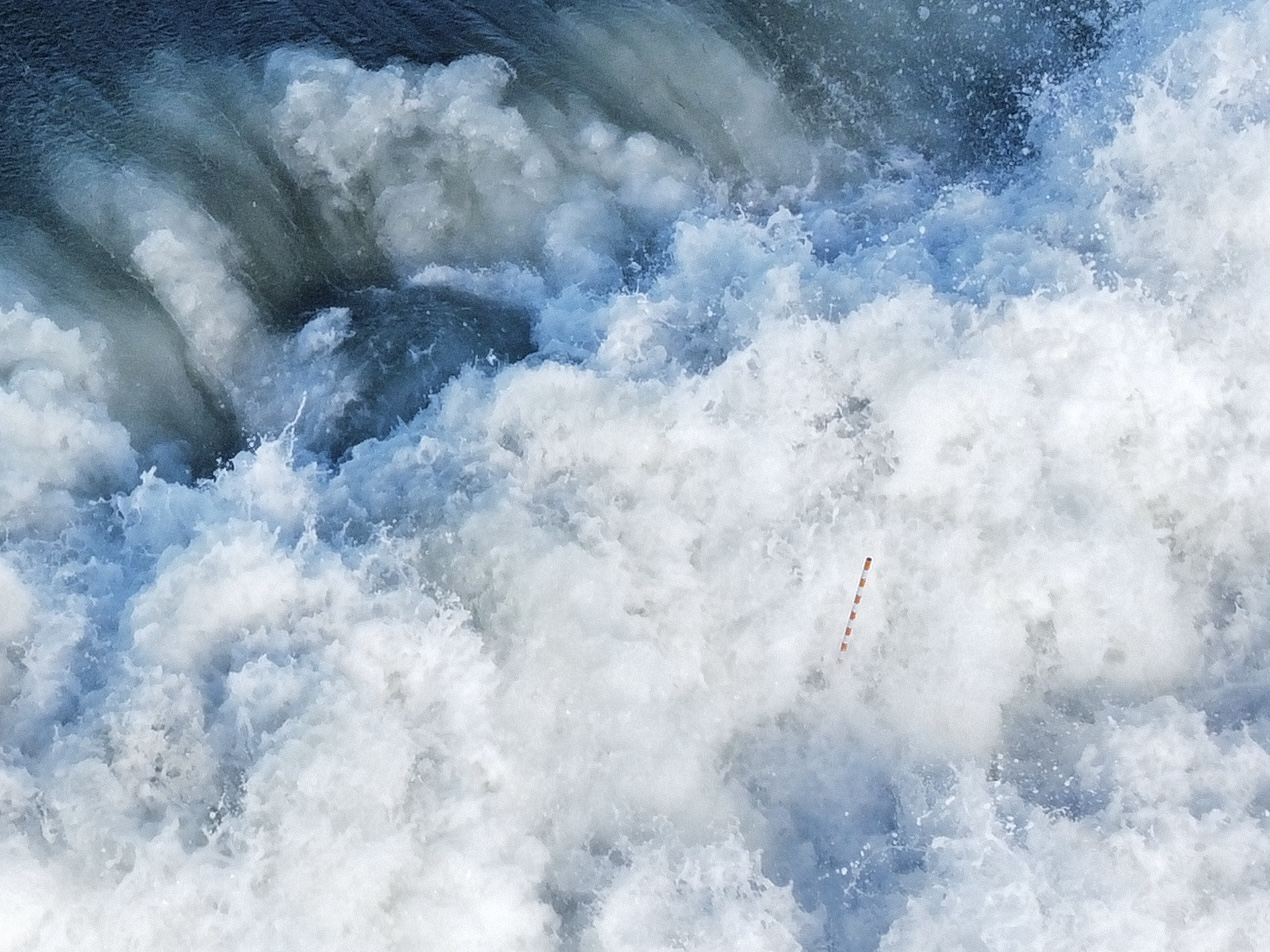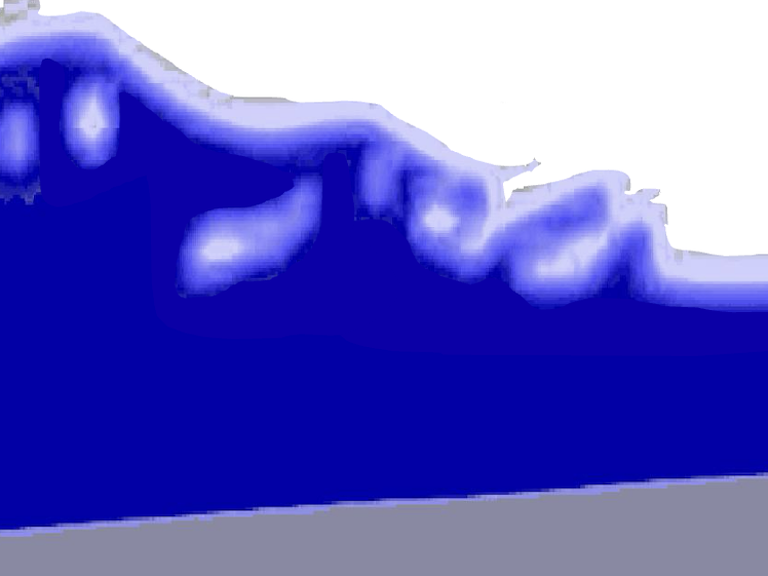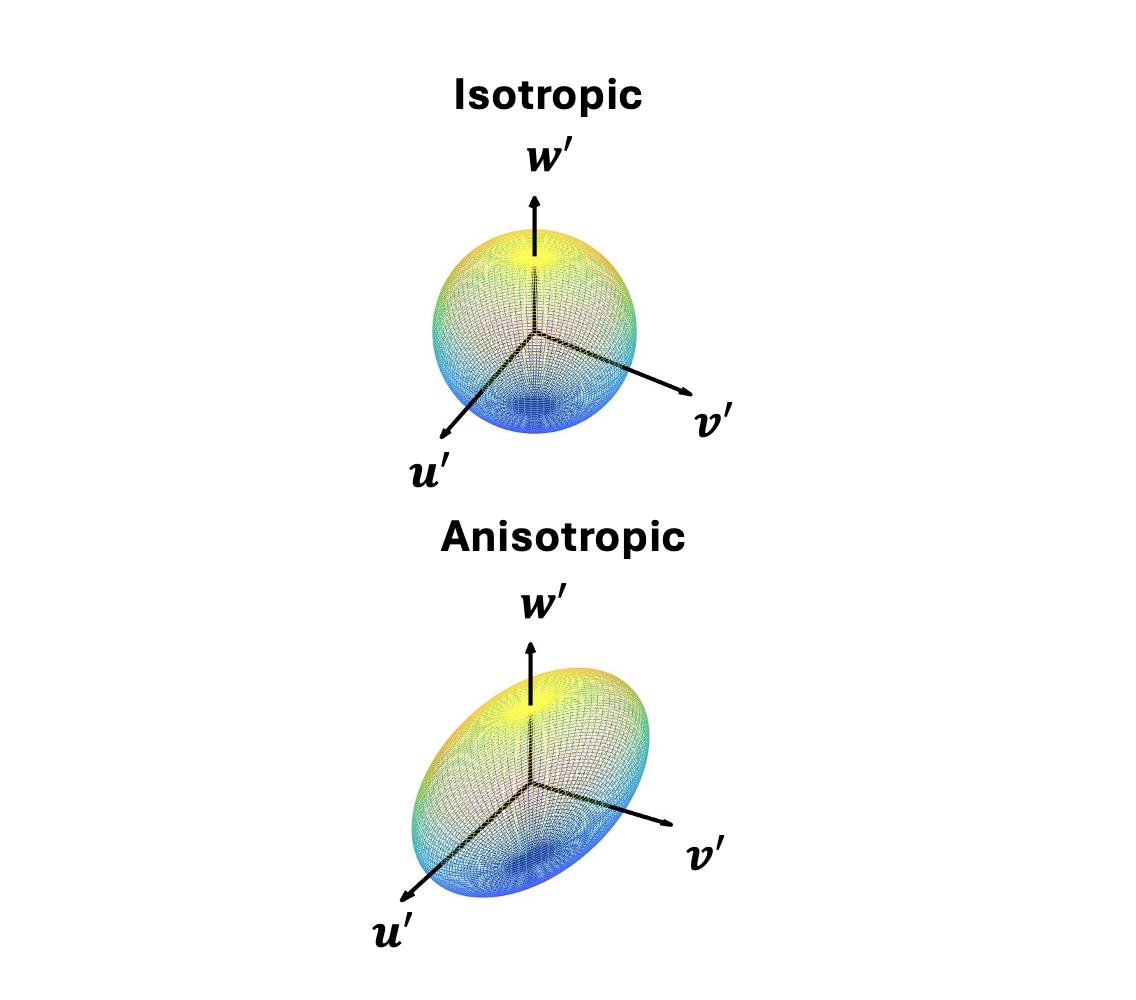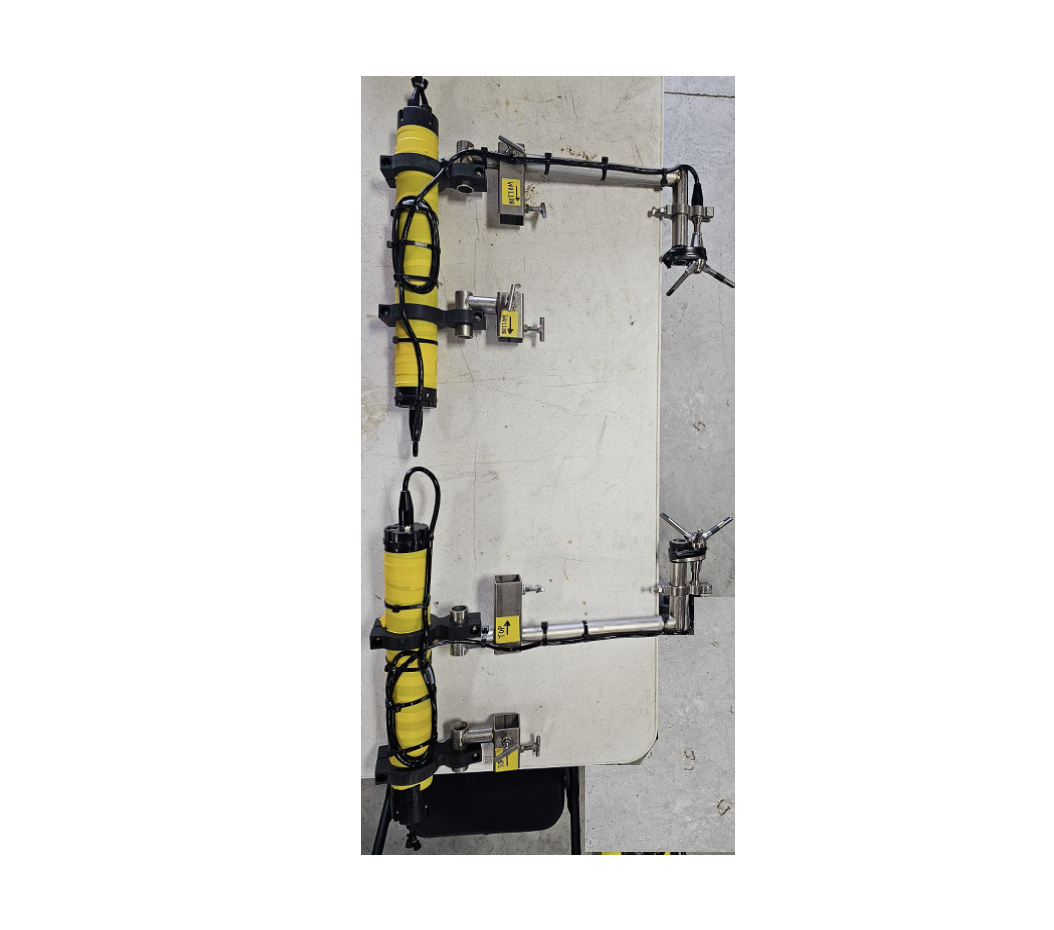Research
Surfzone, which is a shallow region close to shore where wave breaks, is highly energetic and nonlinear. The breaking wave may drive several cross-shore transport mechanism that can carry biota and sediment offshore, as well as impact divers' safety. My work would focus on breaking wave induced roller, undertow, and transient eddies in surf zone that may contribute to cross-shore transport. For my projects, idealized and realistic models as well as in-situ data would be used to derive the physics behind these phenomenon.
Surfzone roller transformation
When waves break and dissipate, momentum is transferred into mean cross- and alongshore-directed flows, and a cross-shore increase in the water surface (setup). However, field-based studies of mean flows and setup indicate a cross-shore lag between the dissipation of wave energy and the increased magnitude of the resulting flows and setup. Thus, the concept of a “wave roller”, which carries momentum shoreward in the foamy front face of the spilling wave, was developed. Explicit parameterizations for the roller shape and energy based on laboratory studies result in improved simulations of the cross-shore structure of mean offshore-directed flow (undertow) and alongshore currents, but the cross-shore variation of roller properties is neglected and may cause underestimation of undertow in depth-averaged models. Moreover, roller may depend on overall (or non-local) bathymetry profile because studies have shown that the location and significance of a sandbar would affect wave setup, indicating that the overall momentum balance may be affected. Thus, my research tries to understand the cross-shore transform of roller on a barred or unbarred beach with different offshore wave conditions using Reynolds-Averaged-Navier-Stokes (RANS) model, waves2Foam, and in-situ pressure and current data.


Surfzone turbulence anisotropy
Turbulence is ubiquitous in the ocean, and it is especially strong in surfzone due to breaking waves. Breaking-wave turbulence is responsible for mixing in the water column, transporting momentum cross-shore and downward, and dissipating wave energy. Accurately estimating turbulence strength and structure in surfzone is critical for estimating vertical structure of undertow and cross-shore wave transformation. Yet, two-equation RANS model relates turbulence structure with mean current stress, assuming maximum turbulence energy flux across length scales, leading to erroneous turbulent estimate in the model and subsequently unsatisfactory estimation of undertow. During my Ph.D., I use in-situ field observation to estimate surfzone turbulence anisotropy (directional preference of turbulence Reynolds stresses) and relate that to bulk wave and mean current.
Related publication: Chen, J., Raubenheimer, B., & Elgar, S. Surfzone Turbulence Anisotropy, under review, Journal of Physical Oceanography. Available upon requestVertical structure of undertow over sandbar
In surf zone, the vertical structure of the momentum fluxes (radiation stresses) under breaking waves results in onshore mass flux near the water surface that has to be balanced by an offshore-directed mean flow below the wave trough, which is called "undertow". Understanding undertow structure is critical to estimate the bottom shear stress that is an important balance to the hydrodynamics and an important force for sediment transport. In addition, undertow may advect turbulence offshore, inducing non-local turbulence dissipation that is important for water column mixing. The coupling among the wave forcing owing to roller dynamics, the vertical mixing of momentum parameterized by the turbulent eddy viscosity, and the vertical structure of undertow remain unclear. Therefore, my research tries to understand this wave-turbulence-current interaction under random wave field using RANS model output and in-situ data, and derive parametrization of undertow structures based on bulk wave and bathymetry properties.
Cross-shore eddy advection
Eddies are observed in surf zone that contributes to cross-surfzone transport if they propagate offshore, carrying biota and sediments. One mechanism hypothesized to generates surfzone eddies is short-crested breaking waves, where wave doesn't break uniformly on the beach. In directionally spread wave fields (or over irregular bathymetry) wave breaking, and thus momentum transfers, may occur at the ends of relatively short-crested waves. The resulting alongshore variability of the forcing (with strong forcing under the breaking crest and weak forcing in between the crest ends) may generate vortex dipoles at the tips of the crests. Field and numerical studies suggest that there may be an inverse cascade of vorticity from eddies generated at the tips of wave crests to larger length scales (O(10-100m)), consistent with shallow water 2-dimensional-horizontal (2DH) processes, and those eddies may be emitted to the inner shelf region. However, the quantitative analysis on the advection of these eddies remain unknown. In my research, I am aiming to use simplified process model, Dedalus, to derive dimensionless relation of eddy advection over a slope, which is analogous to the surfzone setting, as a function of slope and wave properties.

